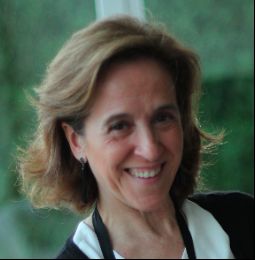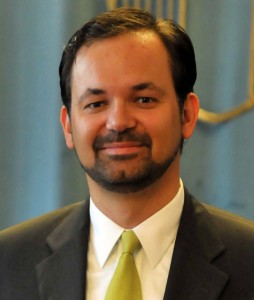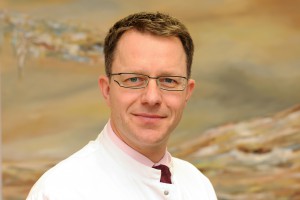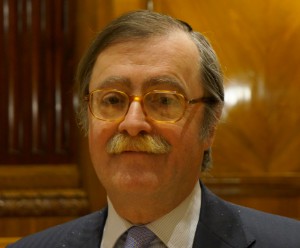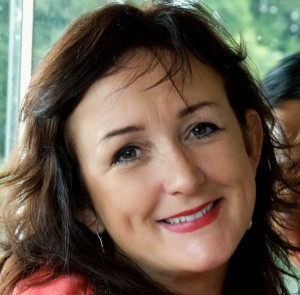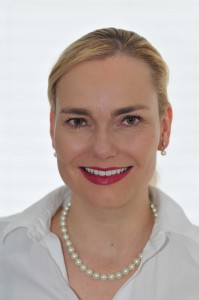Interview: Prof. Laura Oleaga, chair of the ESR Education Committee
For this month’s ESR News interview, we spoke to Prof. Laura Oleaga, from Barcelona, Spain, who serves on the ESR Executive Council as chair of the ESR Education Committee. She gave us an insight into the workings and recent achievements of her committee, as well as her own background within the ESR.
ESR News: What is the overall purpose of the ESR Education Committee and how does it operate?
Prof. Laura Oleaga: The purpose of the ESR Education Committee and its subcommittees is to promote education in radiology to achieve homogeneity in radiology education throughout Europe. To achieve this, the committee acts as a consultative body for all educational activities within the ESR and works closely with the European School of Radiology (ESOR), the European Board of Radiology (EBR), which organises the European Diploma in Radiology (EDiR), and the ESR’s e-Learning platform. The main objective of the committee is to achieve maximum quality in radiology training across Europe.
ESR: The committee interacts with a number of other groups and subcommittees. What roles do the European Training Assessment Programme Subcommittee (ETAP) and the Undergraduate Education Subcommittee play?
LO: Following the aim of harmonising the standards of radiology training in Europe, ETAP gives radiological institutions the opportunity to have their training programmes objectively assessed by external assessors nominated by the ESR, to guide their training in radiology according to the standards of the ESR European Training Curriculum for Radiology (ETC).
Moreover, it is important to promote the specialty of radiology in universities. In this regard the ESR Undergraduate Education Subcommittee is responsible for all activities aimed at the promotion of radiological education among medical students. The subcommittee has developed the paper Becoming a radiologist and is currently working on a guidance paper for all those interested or engaged in teaching radiology to medical undergraduates.
Read more…

